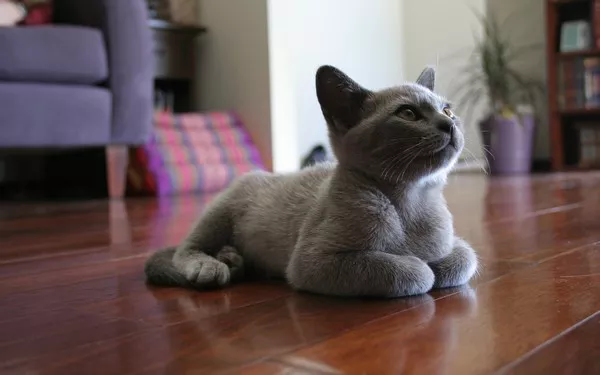In the early 1990s, Japan’s National Institute of Advanced Industrial Science and Technology began developing Paro, a therapeutic robot seal pup for older adults. Over 30 years later, Paro remains a leading example in this field. Japan, with 29% of its population aged 65 and older, has long explored robots to supplement care and combat loneliness among its aging citizens.
In the U.S., the aging population is also growing, with 62 million Americans aged 65 and older, projected to reach 84 million by 2054. Despite this, the U.S. has been slower to adopt similar technologies. However, New York State’s Office for the Aging (NYSOFA) has been working to change this since 2018, distributing over 31,500 robot pets to older New Yorkers.
Greg Olsen, Acting Director of NYSOFA, was inspired by his daughter’s robotic pet and saw its potential for combating loneliness among the elderly. Ageless Innovations, a Hasbro spinoff, produces these robotic pets, including a dog, cat, and bird, which respond to light and touch and aim to provide companionship. The retriever model is the most popular.
Studies indicate pet ownership can reduce loneliness and its associated health risks. While not a replacement for human interaction, robotic pets have shown promise in improving mental well-being, especially when COVID-19 restrictions limited social contact. NYSOFA also collaborates with other tech companies to provide a range of services to older adults, including social robots like ElliQ, which helps users stay connected.
The robotic pet program has been a success, with many recipients forming strong attachments to their pets. This initiative highlights the potential of technology to enhance the lives of older adults and address the growing issue of loneliness.


























